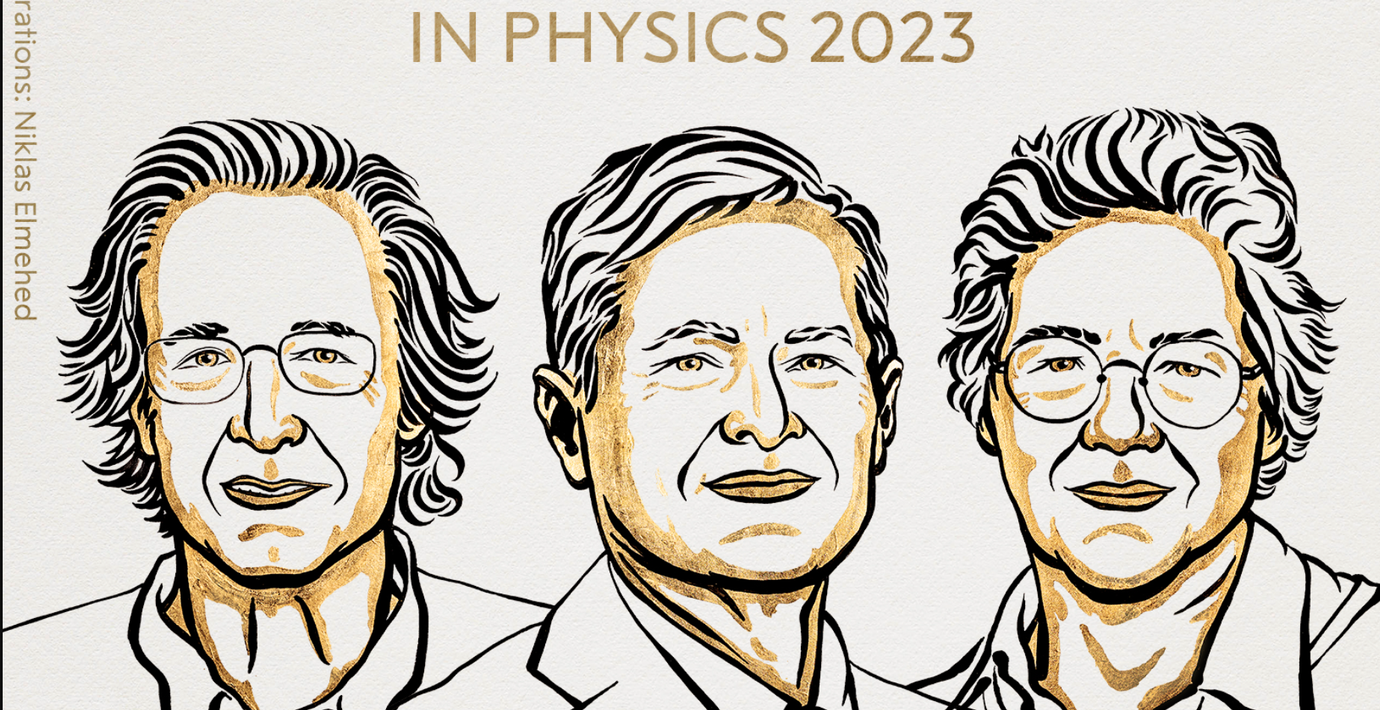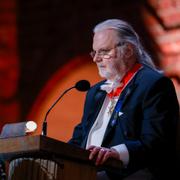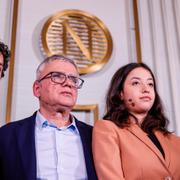
Fysikpris till tre européer: ”Försökte att inte svimma”
Franske Pierre Agostini, ungerske Ferenc Krausz och svenskfranska Anne L’Huillier tilldelas Nobelpriset i fysik för sitt arbete med attosekundsfysik, meddelar Kungliga Vetenskapsakademien.
Pierre Agostini säger till TT att han är överväldigad.
– Det är en väldigt speciell stund, det finns inte mycket utrymme för stora tankar. Jag höll andan, tänkte på vad som egentligen sades och försökte att inte svimma.
Årets pristagare har upptäckt ett sätt att tillverka ljusblixtar som varar så kort tid att de mäts i attosekunder. Med hjälp av tekniken kan forskarna studera vad som händer inuti atomer och molekyler.
– Vi kan nu glänta på dörren till elektronernas värld. Med attosekundfysiken har vi möjlighet att förstå mekanismer som styrs av elektroner, säger Eva Olsson, ordförande för Nobelkommittén för fysik, i ett pressmeddelande.
Nobelveckan
Måndag: Nobelpriset i fysiologi eller medicin
Tisdag: Nobelpriset i fysik
Onsdag: Nobelpriset i kemi
Torsdag: Nobelpriset i litteratur
Fredag: Nobels fredspris



